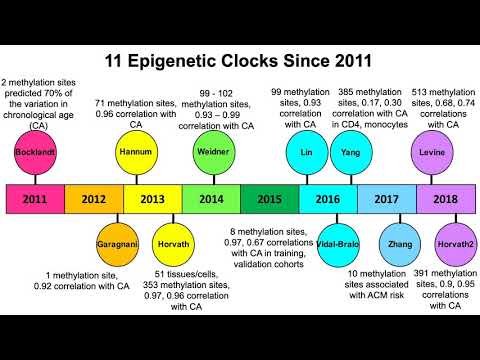We’re getting reports from an increasing number of people who have seen significant benefits in terms of pre/post testing of biological age (reduction measured by epigenetic tests or Levine Phenotypic Age calculations) which, while still just anecdotal, reinforces the idea that rapamycin has some significant anti-aging effects in humans, just as it has had in every other organism its been tested in the past two decades. For more examples and discussion on this topic see our thread here: A Friendly, Biological Age Reduction Competition?
Following are the instances I have heard of, or members who have reported the results to me.
A 3 year biological age reduction from 3 months of rapamycin use.
So apparently a 3-month treatment of 4mg/week of rapamycin and 25mg/day acarbose shaved off 3 additional years off my phenotypic age.
Well-documented and tested and described in this post here: My Lab and Fitness Results After 3 months of Rapamycin Use
Another example:
Another user reports:
I recently got my second Levine bioage result since starting rapa in early October, 2021. I also took a look at my data for the last five years to see any trends and note the variability. The data was sometimes incomplete (damn 2020), so I interpolated between tests. I also held fasting glucose constant because mine is highly variable day-to-day, which makes the results only valid as a comparison over time. Result: 4 months after starting rapa, by bioage was reduced almost 5 years, and maintained that reduction at 7 months. (Source this post here)
Recently, a doctor who emailed me reports:
I have been using rapamycin for several years and now opening my practice to local patients as well as telemedicine patients. My epigenetic test recently had me 18 years younger than my stated age (TruDiganostics) using the rapamycin.
From this post by this member of our forums:
With my recent labs on 5/3/22 (May 3, 2022), my biological age using this Levine formula is 35.31 years. I will turn 58 on June 12th. I have taken rapamycin for 1.5 years and currently on 20 mg every two weeks dose.
And another case by a different person:
Lower biological age measurement:
Has anyone lowered their levine age or aging.ai through Rapamycin? yes, had blood tests and epigenetic age test done before starting rapamycin and after. Took rapamycin at 6mg/week for 4 months. 13 years improvement by Levine calcs as well as epiagingusa test.
Another Bioclock example:
"Been taking rapamycin since Dec 2019 (2 years). Started at 5 mg once a week. First half of this year was at 10 mg/ week and second half took 15 mg every two weeks
Results to date:
- much higher eGFR
- lower creatinine
- lower RDW
using Morgan Levine calculator I dropped from a bio age of 66 in 2019 (when I was 66) to 53 in June 2021 (68.5)".
Change to these bio markers occurred within two months of starting 5 mg/ week of rapamycin but have not changed with higher doses.
From our member @Uppereast69 :
… my calculated bio age was 40 years younger.
I’ve been tracking those biomarkers for at least five years and used a different formula for biological age. The gap has definitely grown since starting rapamycin. My thought is that those estimators are heavily influenced by two things: overall inflammation and the health of the cardio system. I have an extremely low CRP score, which I put down to 1. good genes 2. lifelong runner 3. ectomorph with BMI of 20 4. 31 inch waist (believing that belly fat is where the inflammation tends to accumulate) 5. supplements such as beta-glucan to reduce inflammation 6. making sure the gut is healthy with LOTs of fiber feeding the bacteria there 7. frequent saunas (see dr. Rhonda Patrick on saunas) and 8. cold water therapy a la wim Hof, which challenges the immune system.I eat more or less low-carb and my blood chemistry is good (e.g. TG 70 HDL 71) After a piece in the Financial Times many years ago about why London bus drivers had much higher incidence of heart disease than the ticket takers who were on their feet all day, I bought a stand up desk and try not to sit much during the day. Oh, and i have a dog who requires long walks.
And this all seems to confirm the latest information from Dr. Morgan Levine at Yale:
See the good news below from Dr. Morgan Levine (creator of the Levine Phenotypic biological age calculation)… on Rapamycin’s impact on epigenetic measures of aging… I have attached the Excel Spreadsheet for doing your own Levine Phenotypic Age calculations at the bottom of this post (from Mike Lustgarten’s page) developed by Nick Engerer.
https://twitter.com/DrMorganLevine/status/1468025405877669892?s=20
3ba41-dnamphenoage_gen-1.xls (31.5 KB)


